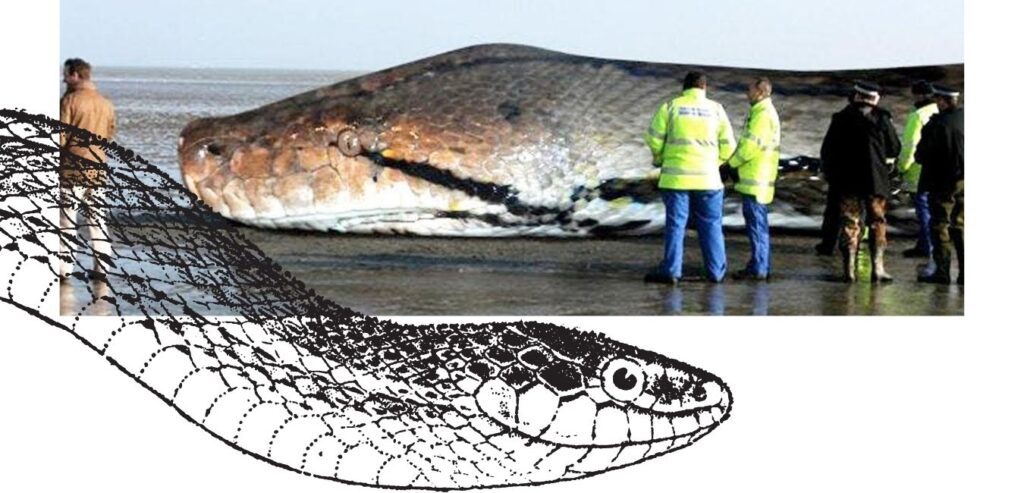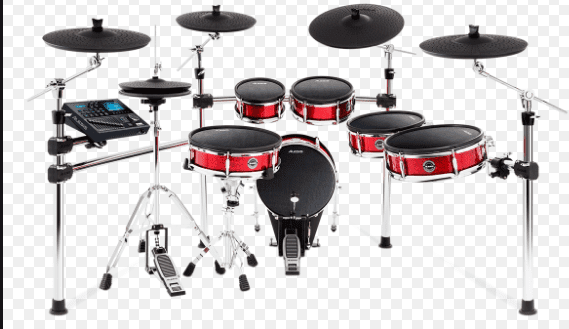Somewhere down in a South American wilderness, a colossal snake once followed its prey. Subsequent to lurking consistently nearer to a clueless creature, the quiet tracker would strike instantly and snap its casualty’s neck in one quick move. Its prey didn’t hear Titanoboa coming in the midst of the discord of the ancient wilderness 60 million years prior. No creature got an opportunity.

Meet Titanoboa, The World’s Largest Snake
Titanoboa, the gigantic snake of legend, flourished in the tropical wildernesses of South America about 5,000,000 years after the termination of the dinosaurs. The passing of the monster reptiles left a vacuum at the head of the evolved way of life, and Titanoboa happily ventured up.
This ancient species grew up to 50 feet long and weighed as much as 2,500 pounds. That is up to a semitrailer you see on thruways and about twice as substantial as a polar bear. At its thickest point, Titanoboa was three feet wide, which is longer than a human arm.
In the hot, muggy wilderness, Titanoboa fit right in: its earthy colored skin covered it impeccably as it lurked through sloppy waters.
A few researchers think it executed by choking and suffocating its prey, while others contend that however it resembled a boa constrictor (the likeness that gave it its name), it carried on like a boa constrictor, sneaking in the shallows and ambushing clueless creatures with a shocking blow.
What occurred next researchers concede to: the incredible snake gulped down its goliath prey — and on the off chance that you had the frightening experience of gazing into Titanoboa’s mouth, you would be no special case. It could murder you before you even got an opportunity to shout.
The Hunt For A Skull
One specific find, notwithstanding, was impossible. Despite the fact that they may reveal more vertebrae, it would take a skull to give them what the huge snake was truly prepared to do — and fossilized snake skulls are famously hard to track down.
The issue is that snake jaws are made incredible by their muscles, not their bones — their skulls are very delicate and ordinarily disintegrate before dregs can work over them. Subsequently, they don’t generally make it into the fossil record.
In any case, astoundingly, throughout the following hardly any years, the group revealed the remaining parts of 28 colossal snakes and not one but rather three skull sections, permitting them to bits together a full-scale copy of a snake so huge thus startling that it left no uncertainty about its place in the new wildernesses of the world.
Indeed, even among the monstrous animals of the old rainforest, Titanoboa was best: it was the summit predator of its time, an animal as verifiably the leader of its condition as the Tyrannosaurus Rex was time permitting.
Its surprising predominance has driven some to ponder — what might have occurred if Titanoboa hadn’t become terminated?
Consider the possibility that Titanoboa despite everything lived.
Titanoboa Changes Our Understanding Of The Prehistoric Landscape
To show exactly how huge Titanoboa could get, the Smithsonian set up a display in Grand Central Station in New York in 2012. The mockup highlighted an immense snake gulping what resembled a crocodile with its tail hanging out of the snake’s mouth.








